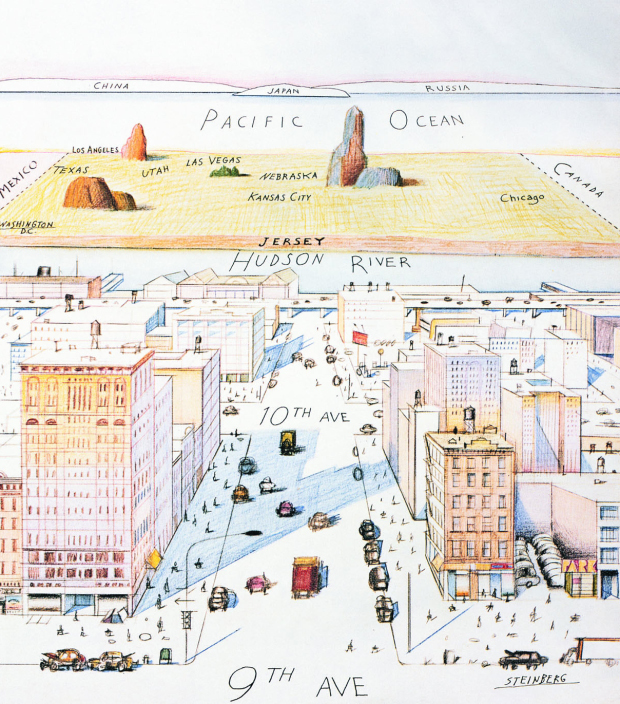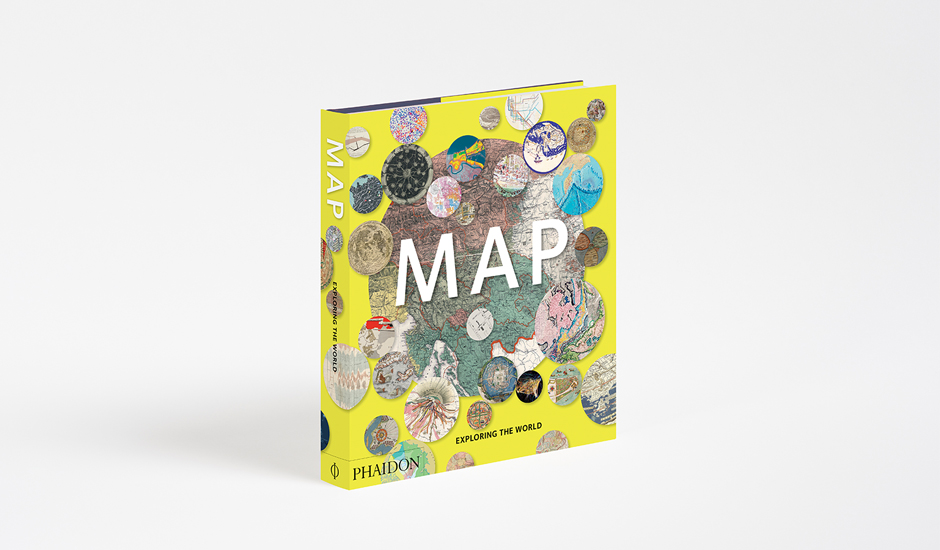
Art of the Map – Saul Steinberg
Understand how this well-known, humorous cartoon tells us something serious about our mental geography
From shipping charts to celestial diagrams, most of the works in our new book Map: Exploring the World help users gain a better understanding of the space surrounding us. However, this famous drawing, by the American artist Saul Steinberg, which featured on The New Yorker magazine's cover a little under 40 years ago, is remarkable, since it describes the misunderstandings, lacunae and prejudices that so often distort our mental geography. Yet, in so doing, this humorous map still reveals important information, as our book explains.

“Saul Steinberg’s map of 1976 is one of the most familiar and widely imitated of all maps and an unquestioned modern classic,” the text says. “This most famous New Yorker cover by Steinberg – a self-confessed ‘writer who draws’ – highlights the way in which many of those living in great cities imagine that their concerns are all that matters, and have a correspondingly narrow perspective on the world. It has a precursor in the work of Daniel K. Wallingford in the 1920s and 1930s (see opposite). In common with Wallingford and cartographers such as James Francis Horrabin (see p.277), Steinberg employs an amusing image as social comment. But Steinberg’s drawing also raises the question of how our mental maps affect the way we relate to the world. Steinberg wants viewers to imagine viewing the world from their own street. What is valued looms large; what interests us is close by and easy to get to. Places that mean little to us are small, peripheral and empty. As Steinberg points out, we always place ourselves at the centre and focus of our own maps (as of our worlds). Perhaps the hardest question he raises concerns what is omitted from any personal map – from a slum just around the corner or a major problem we cannot face. Maps can often reveal as much by what they leave out as by what they include.”
For greater insight into the work of other artists who have created maps, take a look at our other Art of the Map articles on Richard Hamilton, Jasper Johns, Olafur Eliasson, and Mona Hatoum; and if you like what you see, you can buy your own copy of Map here.